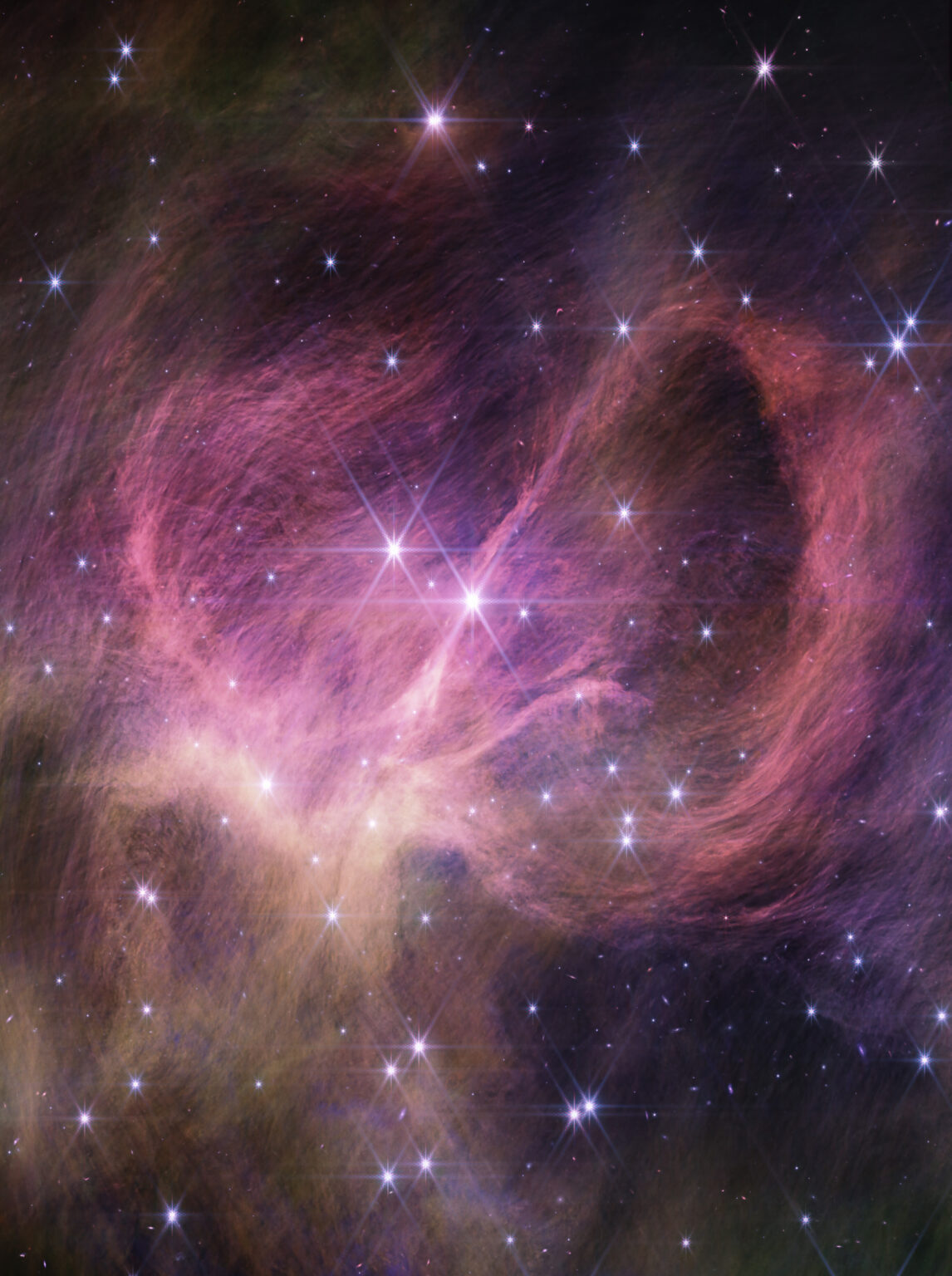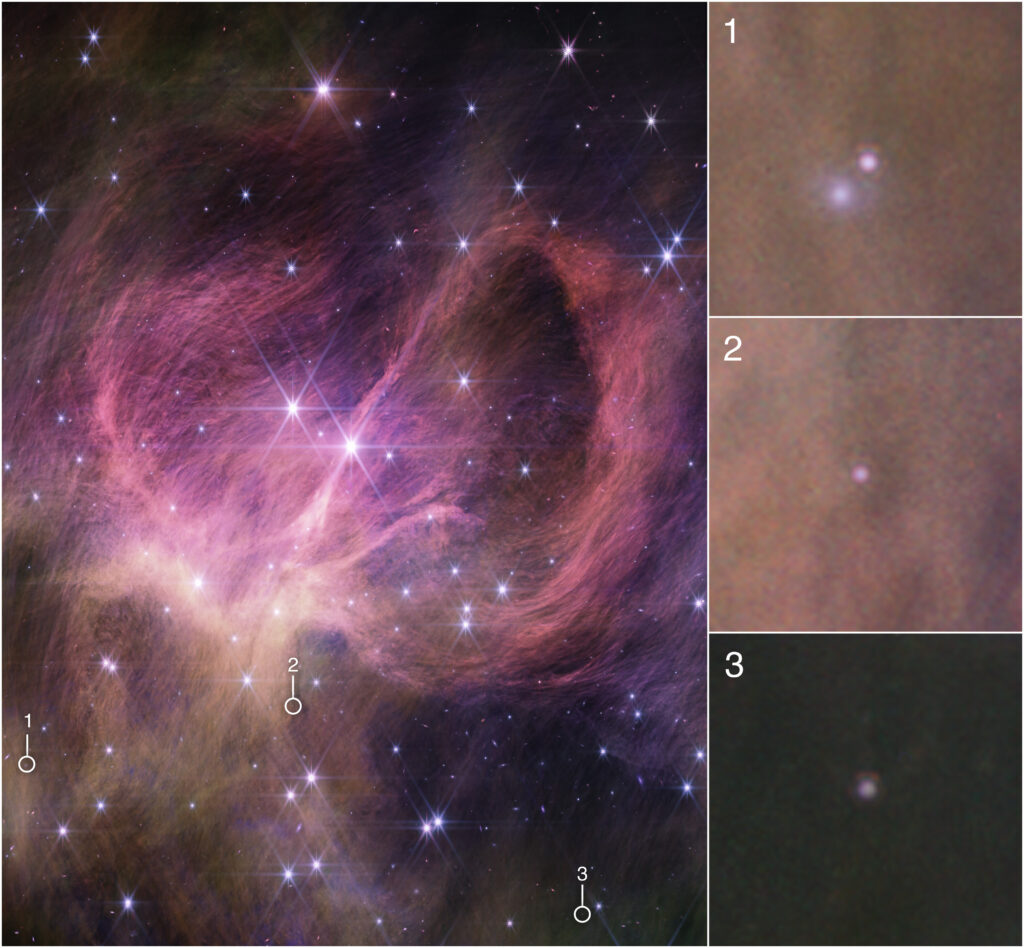Thanks to the power of the James Webb Telescope (JWST), astronomers discovered the smallest free-floating brown dwarf known to date. Its mass exceeds that of Jupiter by only three to four times.
Finding Brown Dwarfs
Brown dwarfs are sometimes called failed stars. They are also formed as a result of the gravitational collapse of a gas cloud, but their mass is not enough for full-fledged fusion reactions involving hydrogen to start inside them (although reactions involving deuterium and lithium nuclei can take place in their depths). The lightest brown dwarfs overlap with giant planets in mass, which greatly complicates the process of their classification.

Astronomers have long been trying to find an answer to the question of what the smallest object that can form like a star as a result of gravitational collapse is. They decided to study the IC 348 cluster, located about a thousand light-years away in the Perseus star-forming region. It is about five million years old. This means that every brown dwarf located in it is heated to high temperatures and will emit infrared radiation quite actively.
After that, the researchers used JWST. They managed to find three objects with masses ranging from three to eight Jupiter masses and surface temperatures ranging from 830 to 1500 degrees Celsius. Computer simulations have shown that the mass of the smallest of them is only three to four Jupiter masses.
The two brown dwarfs found also show the spectral signature of an unidentified hydrocarbon. The same infrared signature was detected by the Cassini mission in the atmospheres of Saturn and Titan. It has also been observed in the interstellar medium. Current models of the atmospheres of brown dwarfs do not predict the presence of such compounds in them.
Giant planet or failed star?
It is still quite difficult for astronomers to explain exactly how such small brown dwarfs could have formed. A gas cloud can collapse under its own gravity and become a star. However, due to the weaker gravity, it is much more difficult for a small cloud to collapse and form a brown dwarf, not to mention cases where the masses of such bodies are comparable to the masses of planets.

Another question is whether the bodies found by JWST are really brown dwarfs and not giant planets ejected from their systems. Although the researchers cannot completely rule out the latter possibility, they believe it is unlikely for two reasons.
First, rogue planets of high mass are rare compared to planets of lower mass. Secondly, the vast majority of stars are low-mass luminaries, and giant planets are not often found among them. Therefore, it is unlikely that most of the stars in IC 348 (which are low-mass) are capable of producing such large planets. In addition, the age of the cluster is only five million years. They had very little time for the formation of giant planets and their subsequent ejection from their systems.
In the future, astronomers plan to continue observations. Theories suggest that rogue planets are most often found on the outskirts of star clusters. Therefore, the expansion of the search area can reveal them within IC 348.
According to https://esawebb.org
Follow us on Twitter to get the most interesting space news in time
https://twitter.com/ust_magazine


